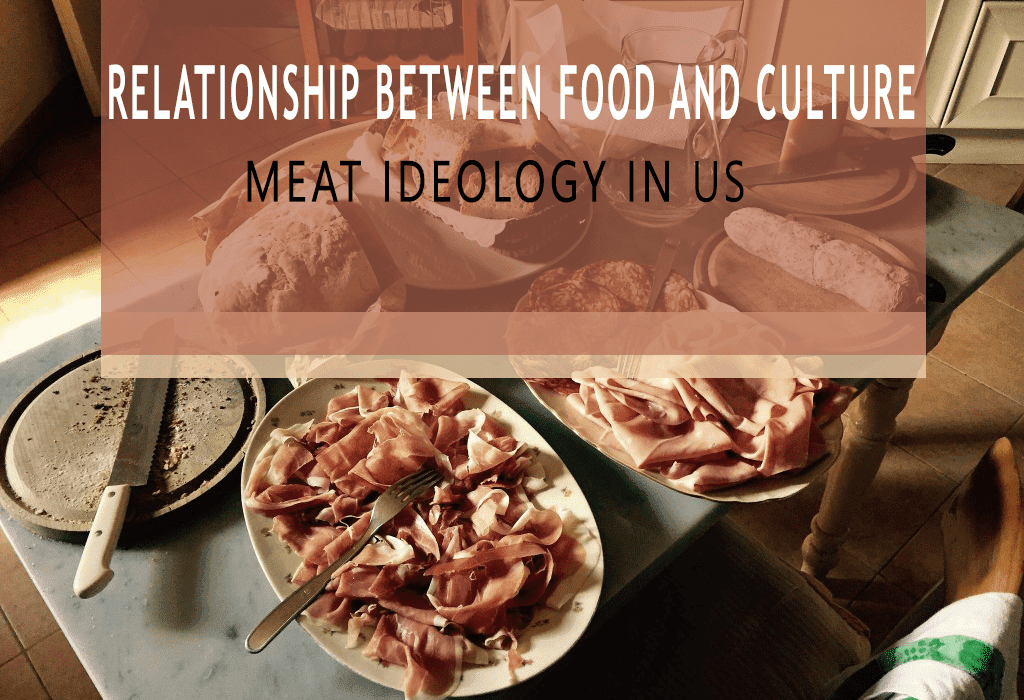Culture and food selection are interrelated. The relationship between food and culture can be easily understood from the concept of gender equality.
Women do more domestic work than men, but in 1990, this trend changed. Now, men participate in household chores, which is considered an attempt to reduce gender inequality. Women cook, clean, shop for groceries, and look after their kids.
In the US, men work with women at home, carrying the same responsibilities. They spend time on physical labor with the same emotional burdens as women.
Importance of Culture in Food Selection
The average woman in the US is subjected to domestic and office work. A family with children seems busier than ordinary women regarding caring for and looking after kids, their schooling, and study jobs.
Women living with only a male partner experience a different situation, where there are only domestic responsibilities. The equal attention of both partners can handle such a case.
In a family where there is no male partner, but only a woman is living with kids, there is a massive burden on the female. She runs home, does domestic chores and grocery shopping, cooks, cleans, and cares for kids and their education.
The Impact of Culture on Food
Culture impacts foodways. Several social factors affect food selection as well as dietary habits.
Social factors play an integral role in the range of food. For instance, income decides the level of diet. What food is to be selected and what is to buy depends on the income.
Secondly, occupation plays a significant role in food selection. Healthy foods, such as vegetables and fruits, cost more. An average person is unable to consume high-cost foods frequently.
Moreover, friends and family exert an influence on eating patterns. Large families consume more food as compared to small families. Society is influential in the consumption aspect of food.
Thirdly, tradition impacts food consumption ways. In different social situations, food consumption is extra compared to no gathering. This provides the significance of the relationship between food and culture.
The role of culture is evident in the selection of diet. Technology and media have a massive influence on the culture. Healthy or unhealthy eating habits depend on technology. For instance, children watching movies possess unhealthy eating habits compared to those without technology.
Religion Impacts Food Selection
Food choices are strongly linked with social and religious factors. These are lifestyle, nature of job, family size, education, and income level. They influence food choices on a broad scale. Religion provides dietary laws, and most traditional families believe in them. People adopt or avoid certain kinds of food based on religious guidance.
Under the spiritual dogma, dietary practices recommended by religion are directed towards a balanced life. The relationship between food and culture is evident from the examples below. There are specific religious theories about food practices.
For instance, Buddhism promotes vegetarianism. They believe that violence towards animals is a kind of human aggression.
They avoid meat and dairy products as well as the consumption of alcohol. Monks fast and rely on the alms, i.e., food donations. In the Christian denomination, fasting is observed. It is a regulation practice in taking food. The rituals avoid eating fish on Friday.
Eucharist consumes wine and bread regularly. In Hinduism, meat is not avoided correctly, but they prefer vegetables as it is a way to maintain respect. Most rituals observe caste-oriented practices in food, i.e., preventing the killing of an animal to prepare food.
Contrarily, Muslim rituals solely adopt food practices mentioned by the religion. There is a healthy relationship between food and faith.
Most religions provide guidelines for food consumption as well as the selection of food items. This is because religious practices are in the best interest of humankind, and they will cleanse the religious followers.
The Ideology of Meat in the US
Meat consumption is linked to health, ethical as well as environmental issues. There are several social issues in the use of meat. In the US, meat consumption is a diverse practice, along with vegetarianism. Meat consumption is high at a disproportionate level, with red meat utilized at the top level.
The meat-consuming ideology in the US is based on food consumption ethics. People first use red meat, then white meat, followed by eggs, dairy, vegetables & fruits. Cereal is the last choice.
Blood in animal meat is characterized as the life force of animals; hence, it is the most potent food for people in the US. The relationship between food and culture provides the basis of food consumption and signifies health psychology.
The common perception believes in the particular aspect of meat; for instance, if an animal’s muscle tissue isll provide the consumed, it wisame strength to human muscles and will create muscular power.
Strength and power are associated with masculinity, so these are superior goods in the US meat ideology. Contrarily, the consumption of fruits and vegetables is inferior, which is linked to femininity.
Masculinity and Meat
The meat and masculinity link in the US is open, and different studies provide evidence in this case. The muscle meat of mammals is linked to masculinity due to the color of red meat, which gives power and strength.
Masculinity concepts have deep roots in rationality, while inferior foods are associated with emotions, which are a characteristic of femininity. So, the society of Americans and the West believes in dominance and power based on meat consumption.
Those who consume more meat will exhibit more vital power values than those who do not. The association of meat with power and manhood is not new. Food and culture are significant in the US and different global communities.



